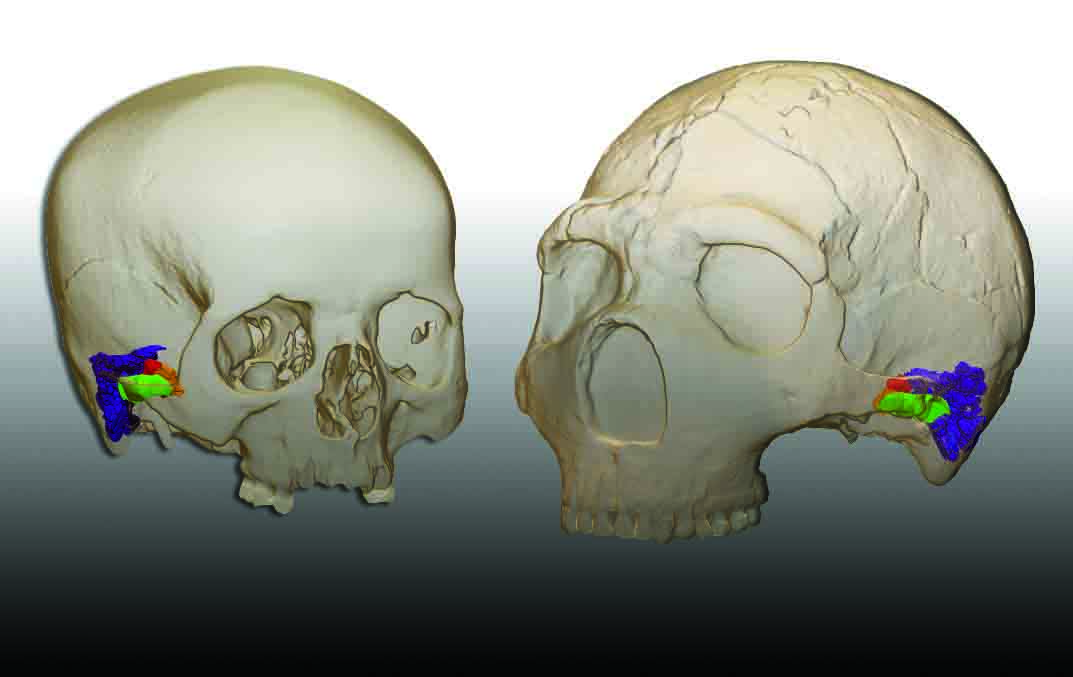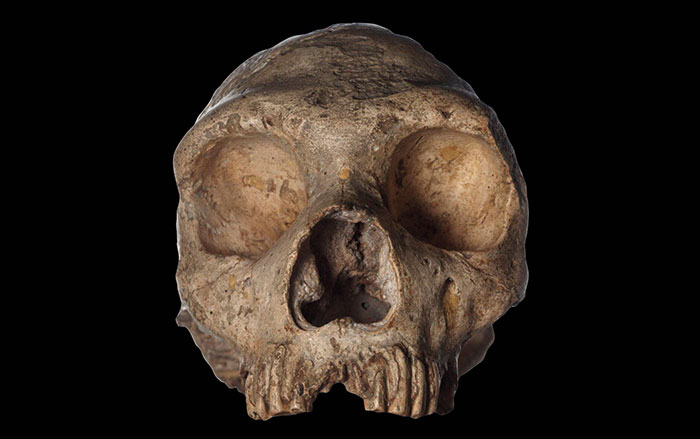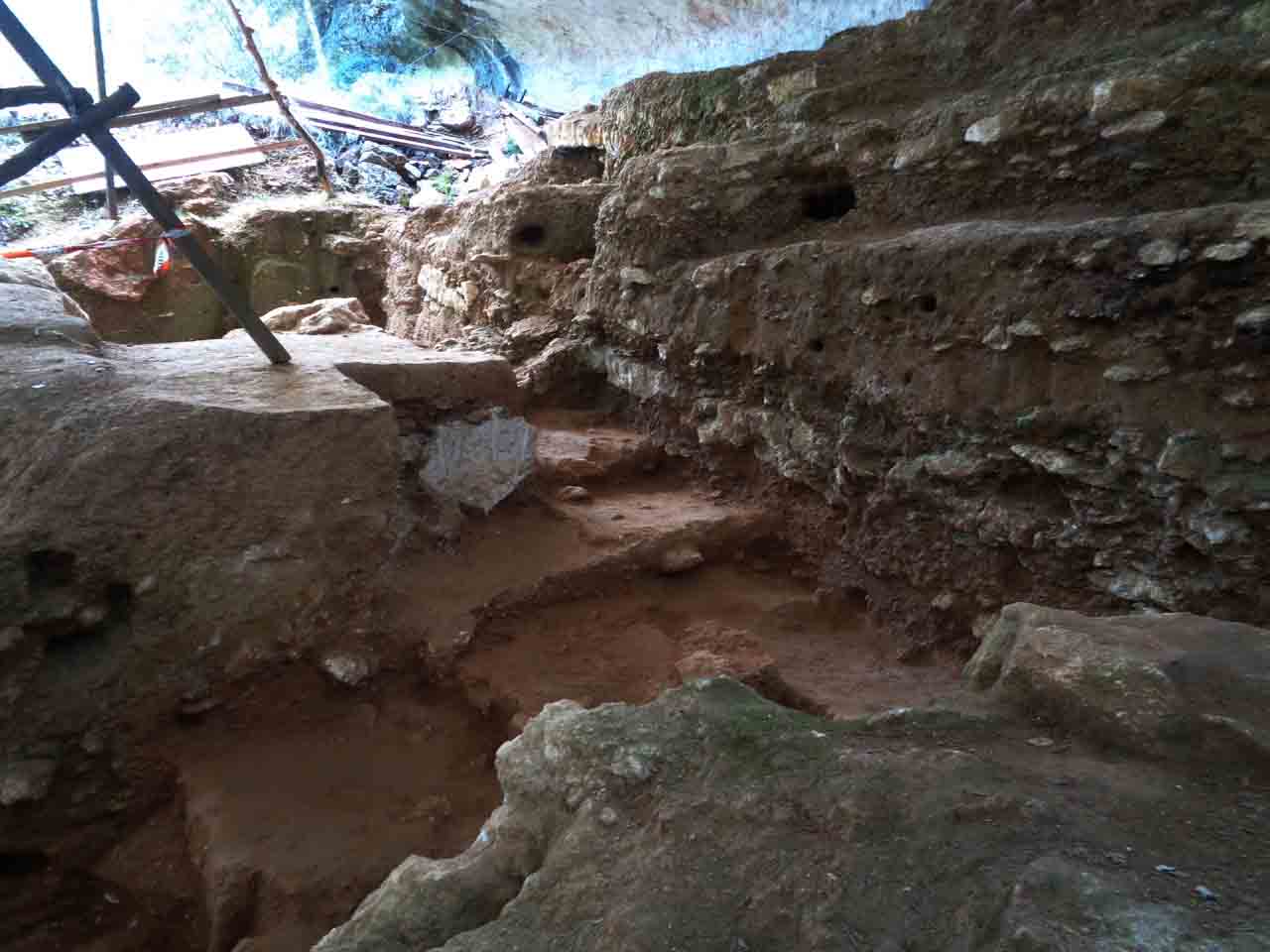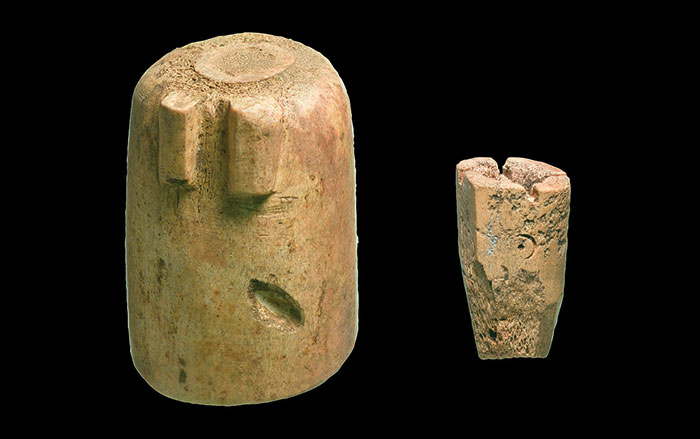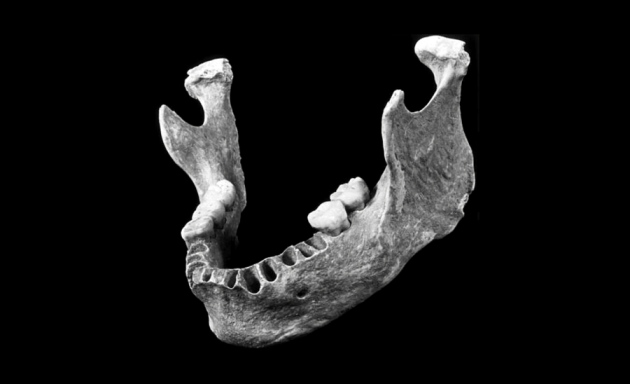
BOSTON, MASSACHUSETTS—Genetic testing of a 40,000-year-old mandible with modern human and Neanderthal traits has revealed that the Oase man’s genome was between five and 11 percent Neanderthal, including large chunks of several chromosomes. Palaeogenomicist Qiaomei Fu of Harvard Medical School and her colleagues analyzed how lengths of DNA inherited from an ancestor shorten with each generation. They estimate that this individual’s Neanderthal ancestor was introduced in the previous four to six generations. The jawbone and one other human bone were discovered among bear remains in a Romanian cave called Peştera cu Oase. Erik Trinkaus of Washington University in St. Louis has argued that these bones point to inbreeding between humans and Neanderthals. “I guess it’s reassuring at some level that there’s correspondence between what the anatomy is telling us and what the genes are telling us,” he commented in Nature News. And radiocarbon dates suggest that modern humans and Neanderthals may have been in Europe together for up to 5,000 years in some areas. Fu presented her team’s work at the recent Biology of Genomes meeting. To read more about our extinct cousins, see "Should We Clone Neanderthals?"



